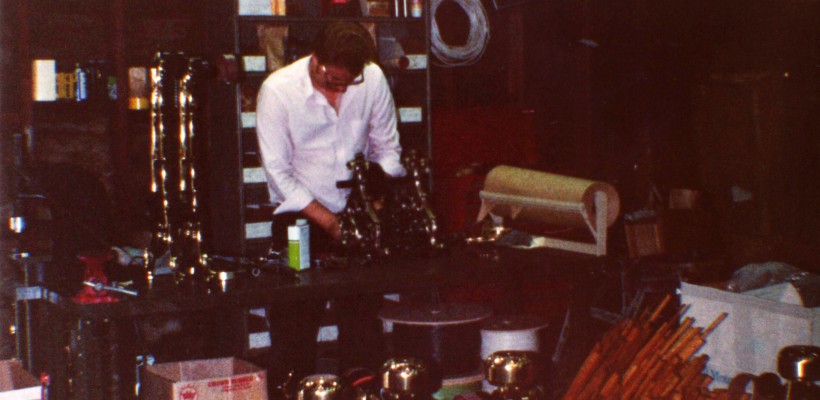Last week, I had the opportunity to represent Fanimation at the 2011 Greenbuild Expo in Toronto, Canada. Fanimation made the decision to participate in this expo after attending last year’s Greenbuild in Chicago, Illinois. With so many exhibitors showcasing the newest technology in energy efficient building products and design, we were surprised to find that very little attention was paid to the energy and cost saving benefits of using ceiling fans in both residential and commercial applications. Armed with cold, hard data illustrating just how much a ceiling fan can impact energy consumption and cost, I prepared to go to battle with the army of architects, engineers and designers that may overlook this important feature when designing and building the spaces we inhabit.
Over the course of the week that I spent in Toronto, I was fortunate to meet with a multitude of people who were receptive to my ceiling fan statistics and inherently understood that using ceiling fans to circulate air benefits not only the environment, but people. Although a ceiling fan does not actually reduce the temperature in a room, it allows you to raise your thermostat up to two (2) degrees in the summer and still remain cool as a result of the fan’s breeze. In the winter, by reversing the blades of the fan, you can actually lower your thermostat up to two (2) degrees and remain comfortable because the fan is re-circulating hot air back down into the room. Studies have shown that moderate temperatures with more air circulation actually create healthier and more productive living and working environments.
In addition to improving indoor air quality and comfort, ceiling fans also have a significant impact on energy costs. The average ceiling fan costs less than $25.00 per year to operate on high speed, ten (10) hours per day, 365 days per year. In comparison, the average cost to operate central air is $4.30 per day and $1,569.50 per year. If more buildings and homes were designed to rely on ceiling fans to circulate the air and less on central heating and cooling, this would result in substantial cost savings and greatly reduce our carbon footprint.
Overall, I feel that our presence at Greenbuild was a success and that we were able to convey the message that using Fanimation fans in any home or commercial building will reduce energy consumption and improve indoor air quality. As the world population continues to grow and energy costs continue to rise, it becomes even more imperative to think about the effect our actions have on the environment and the economy. Using ceiling fans may not stop global warming, but it is an easy and cost effective step to take down the path to leading a more sustainable life.


